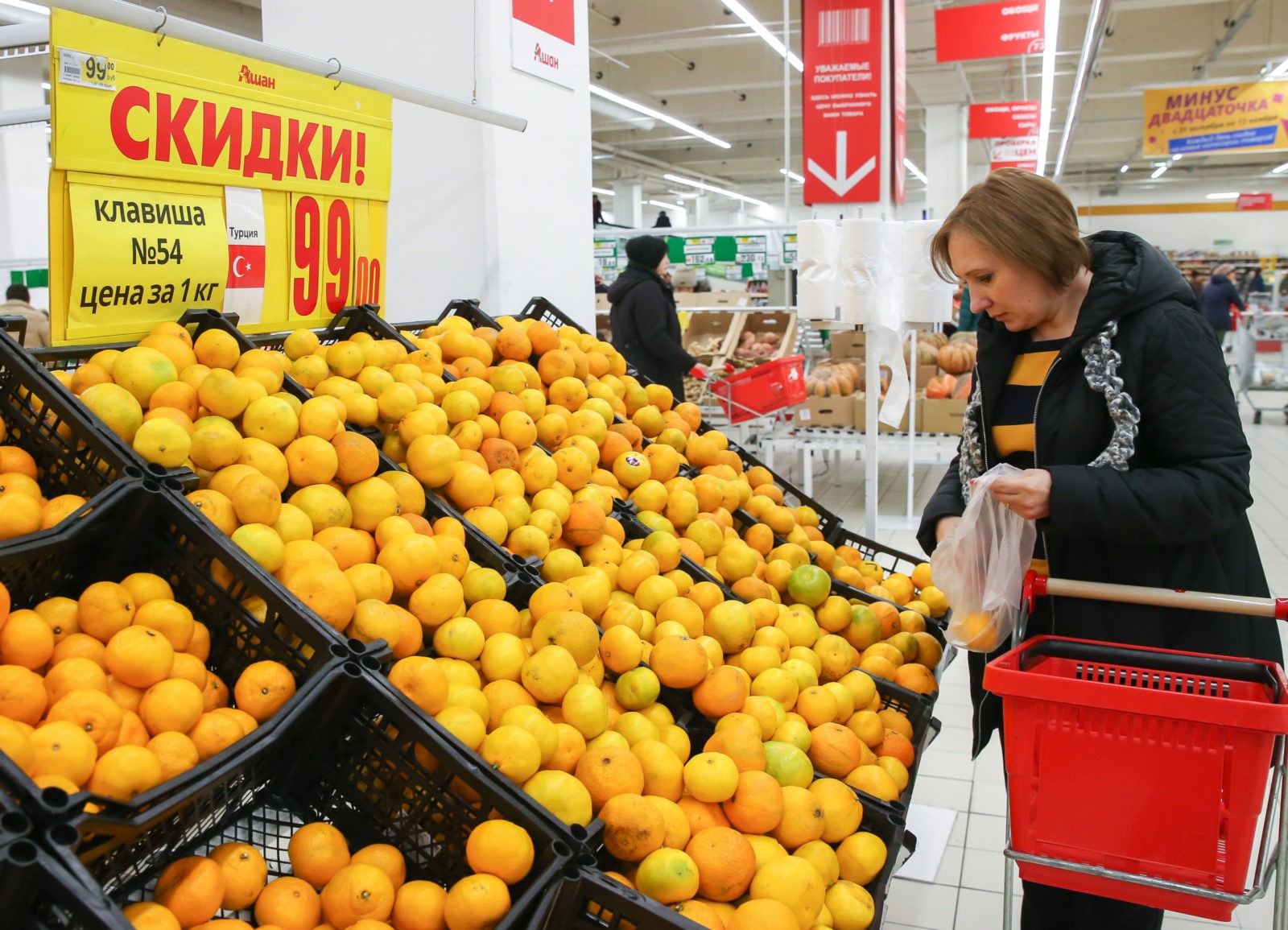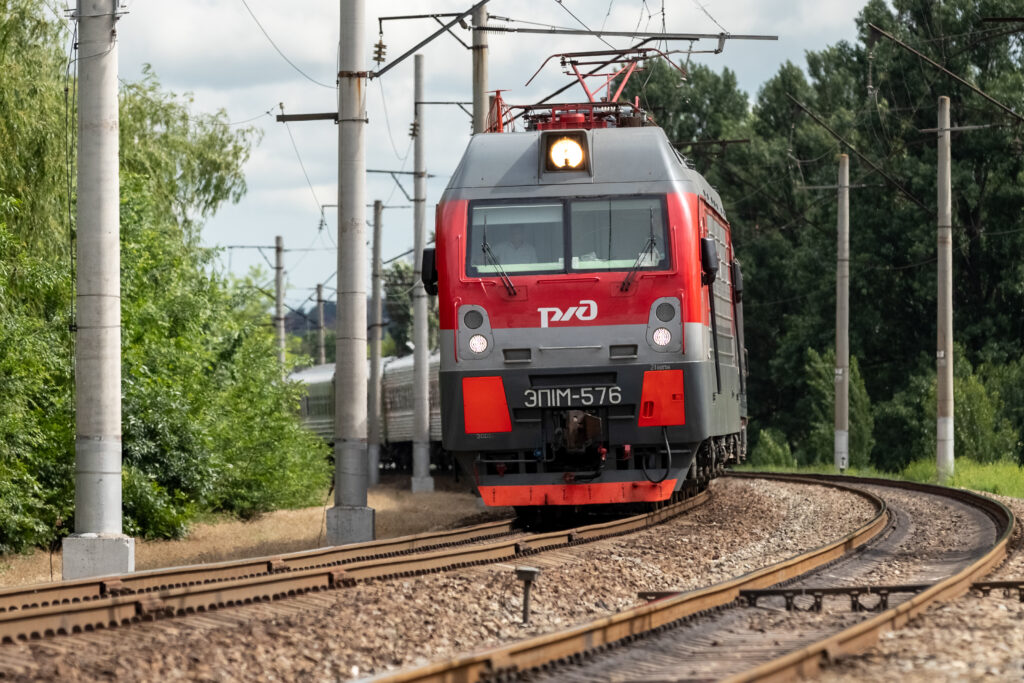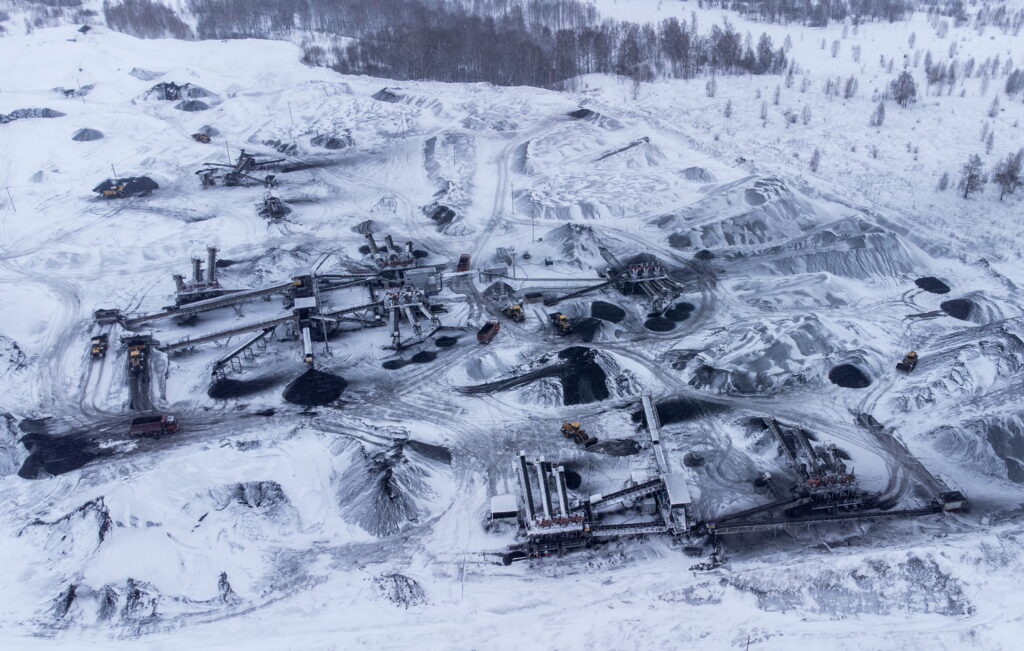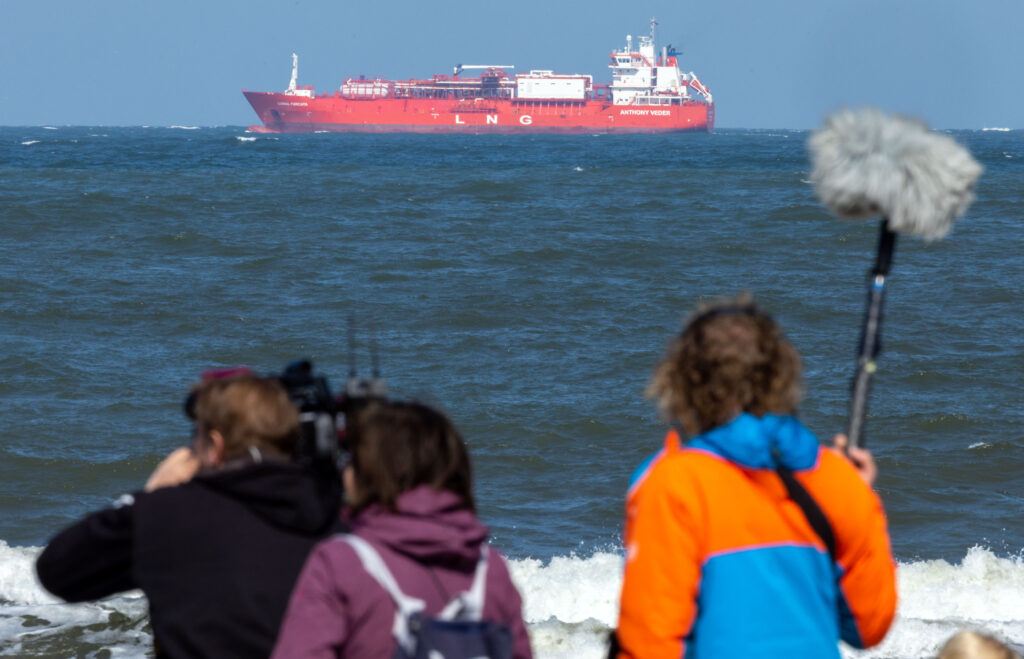At the end of August, Russia’s Ministry of Economic Development announced poorer prospects for both economic growth (its estimate of GDP growth for the coming year fell from 2% to 1.7%) and the population’s average incomes (in 2019 they will have grown by just 0.1%, in stark contrast to the expected 1% growth.)
Some of the main reasons cited for this slowdown was the reduction in public investment, alongside low domestic demand and a fall in private investment. According to some assessments, a reduction in domestic demand almost always plays the major role in declining economic growth.
Meanwhile, the Ministry of Economic Development also forecasts a further slowdown in domestic consumer demand: as low as 0.6% in 2020. But it seems that even a slight increase can be achieved primarily by expanding consumer credit, allowing people not only to take out new loans to cover the most basic amenities, but also to pay off their old ones. However, there is a limit to how far a credit «bubble» can be inflated in this manner. Thus the conditions for issuing new loans to borrowers have become stricter; the new rules came into force at the insistence of the central bank on October 1. The Ministry of Economic Development also predicts a slowdown in the growth of consumer lending to 4% a year by the end of 2020 (compare this to the 22−24% seen it 2018.)
The vast majority of Russia’s inhabitants are impoverished. Data from the Levada Center show that 65% of Russian families do not have any savings whatsoever. People are no longer buying durable goods. Instead, they spend all their modest incomes on their current consumption needs, or ending up spiraling into unmanageable debt. Due to the low interest rates on loans (both consumer loans and mortgages), Russians were able to «live on credit» for long periods of time, buying durable goods or real estate and taking decades to pay off their debts. This was commonplace for the middle class in developed countries; negative mortgage rates have even appeared in several European states. However, as Russia’s central bank has kept interest rates at high levels, it is still costly to take out a loan in Russia. This means that Russian consumers (as well as, incidentally, producers who take out loans) are obliged to divert a far larger share of their incomes towards servicing their debts. This is money which could otherwise be spent on the consumer market. In other words, if you are tied to a mortgage and trying to pay off debts ahead of schedule so as to avoid paying high interest, then you are no longer likely to consume anything in excess. You will no longer travel as much, buy a new car, eat out in restaurants, or purchase more expensive or better quality food.
On the whole, the higher the interest on loans, the worse the dynamics of the population’s real disposable income. The higher the interest on loans, the slower the development of mortgage financing. The slower the development of mortgage financing, the slower the pace of construction, which in turn leads to a slowdown in other sectors of the economy. Under such conditions, the rate of corporate lending can also not grow rapidly. As a result, the supply rate manufacturers can provide to the consumer market will also slow down. If it sounds like a vicious circle, that’s because it is — at least for the moment. But things could get even worse if that vicious circle breaks. Credit growth grinding to a halt will finally finish off a stagnant economy, pushing it into a fully-fledged recession.
In many countries, for example the USA, one of the most important indicators of consumer demand is car sales. If people buy more new cars, then they definitely have money available for bread and butter and other basic consumer goods. If we take car sales as an indicator of economic health, the picture in Russia is not rosy. The current year has already seen the start of a drop in loans to finance purchases of cars: in August, 68,000 such loans were issued worth a total sum of around 52 billion rubles. In July, 75,000 such loans had been issued, worth around 56 billion rubles. Prior to this, the car market had grown steadily for 2.5 years, recovering from the shock caused by the devaluation of the ruble in 2014−15.
A summertime drop in car loans (which usually becomes apparent during the winter months) by as much as 8% is probably one symptom. This despite the fact that until now, lending for car loans on an annual basis was growing (as did consumer lending in general.) It will soon become clear whether this was the canary in the coal mine or a black swan — over the coming months, data will become available to assess the fall in consumer lending.
There are also worrying signs from the retail sector. According to the Higher School of Economics in Moscow, the annual growth rate of retail sales in Russia fell from 1.7% in the first half of the year to 0.7% in August.
Simply put, Russians are going shopping less frequently, and when they do, they spend less money than before. That means lower profits for manufacturers of consumer goods, whose employees can no longer count on receiving bonuses at the end of the year. In turn, they will have less to spend in the shops. In August, the average sum of a receipt at a shop in Russia amounted to 546 rubles, a decrease of 18% compared to July.
Many developed countries have found ways to stimulate consumer demand in these conditions. For example, they can lower the central bank’s interest or key rates, offer tax benefits for the middle classes or manufacturers, or launch social policies to aid the poor, including non-monetary forms of social support such as food stamps, free school meals for children from low-income families, or direct subsidies for rental payments. These can also serve to stimulate the overall consumer market.
However, the Russian government is taking quite a different path. Contrary to the declarations of politicians, social programmes are being phased out. The tax burden is not becoming any lighter; various new payments and fees have been invented and the amount of all manner of fines has been raised, which are becoming an increasingly important way of replenishing the state treasury’s reserves. At the same time, social programmes are being slashed in conditions of an increased budget surplus, which last year exceeded two trillion rubles. By September this year, it amounted to two trillion 560,616 billion rubles, or 3.7% of Russia’s GDP.
Instead of stimulating demand (which in turn stimulates supply), the Russian government intends to spend nearly 26 trillion rubles on national scale projects before the mid-2020s. Apparently, the authorities see state-driven (that is, budget-funded) investments or investments from quasi-state structures (such as state owned corporations or even politically coerced private corporations) as the only serious drivers of economic growth. The Ministry of Economic Development estimates that the growth in investment provided by these projects will lead to 85% in additional GDP growth over the next six years.
The government intended that these national projects would become the main driver of growth of the Russian economy. The current authorities, after all, see the state as the leading force for implementing economic achievements. It is the main investor, the main owner (directly or indirectly) of the key assets, and the main «piggy bank» for a rainy day. It seems as if the cornerstone of the government’s economic strategy is now to ensure that the country is prepared to meet this «rainy day» with a degree of dignity. That is, if putting as much of one’s earnings as possible into a piggy bank can really be called a «strategy.»
Of course, the funds allocated to these national projects will also have an impact on the Russian consumer market. Even if a proportion of them is stolen, not all of that embezzled money will be sent overseas or invested in financial speculation. However, this is of course hardly the most effective way to stimulate the consumer market, as it does not contribute in any way to the development of institutions of economic growth. Furthermore, the heaving bureaucracy which is required to implement these national projects also proves unable to effectively absorb and distribute the huge funds allocated to them in the state budget. As of mid-September, according to the Ministry of Finance, only 47.1% of the funds allocated to national projects had been utilised.
Importantly, this means that there is no demand neither from the end consumer nor from the state. A significant proportion of these funds sitting in the treasury are simply dead weight. Indirect evidence of this can be seen in the fact that Russian manufacturers’ business activity has fallen to a 10-year low. In September, the manufacturing PMI (Purchasing Managers’ Index, calculated by IHS Markit) had fallen to its lowest point since May 2009, to 46.3 points compared to 49.1 points in August. Importantly, both these indicators are already below 50 points, which is considered the benchmark for distinguishing business growth from recession.
In order for the Russian economy to start growing again, the state must seriously revise the very principles of its economic policy. They must stop clinging to the budget surplus, take action with new tax incentives, and make a drastic break with their «scrimp and save» austerity focused approach to social policy. However, it is unlikely that the current Russian government is capable of such feats. The head of state still has yet to give the order.
In any case, even these measures alone would not be enough to boost economic growth unless accompanied by fundamental institutional reform. This would have to begin with judicial reform, with the aim of genuinely achieving equality of all before the law, dispensing with the principle «for my friends — everything; for my enemies — the law.» We are talking about a whole range of political reforms, from which new economic programmes would emerge. We are talking about a whole range of economic reforms, aiming for the denationalisation of large sectors of the economy. Some of these reforms could include measures to significantly improve Russia’s place in the international arena, given the prevalence of sanctions. Only when these conditions have been met can we talk seriously about a transition to economic growth and about an increase in the population’s wellbeing. For now, everyday life in Russia is more reminiscent of a «besieged fortress,» whose inhabitants are asked time and again to make more holes in their belts, the better to tighten them.










